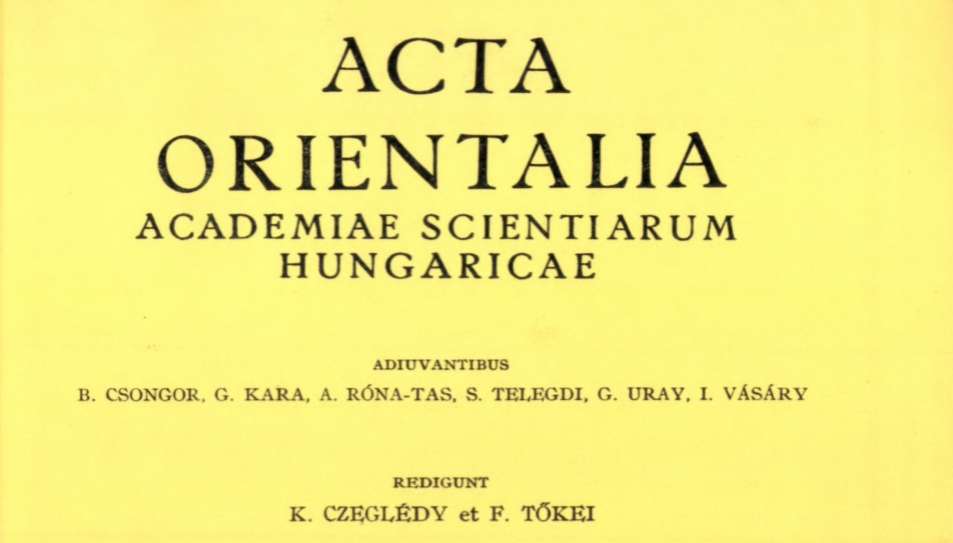The Caucasian peoples and their neighbours in 1404, by Lajos Tardy

Acta Orientalia Academiae Scientiarum Hungaricae, Tomus XXXII (1), pp. 83-111 (1978)
"Archbishop Johannes de Galonifontibus and his activity are well known to historians. However, historical literature was always preoccupied with the information his works offer concerning ecclesiastical history, the history of religious orders and missions. Primary attention was focused on his «Libellus de notitia orbis» — completed in 1404 — in which he summed up the experience of his long service in the Orient. The manuscript — despite its laconism, textual corruption and the hard explicability of its Latin in some places — is areal treasure-house of the history, ethnography and folklore of the Caucasian and Transcaucasian peoples.
So far these aspects of the «Libellus de notitia orbis» have not been explored, therefore this work is now primarily examined from this standpoint. Johannes de Galonifontibus’ work is still not accessible for readers in its entirety since the already published Latin text form s only a part of the whole and it has never appeared in translation. In his analysis, revealing the author’s excellent knowledge of the document Anton Kern claimed that among others this fact was due to the considerably corrupted Latin of the three extant manuscripts. Although there is no essential difference between them they do not clarify the mistakes, the texts are incomplete and their reading is uncertain. The text also revealed that the author’s Latin must have deteriorated during his long service in the Orient.1
What we are concerned with here, is the first print and together with these parts texts that appeared earlier and their translation are published as well.2 The sections of Archbishop John’s work dealing with the Caucasian peoples have thus been made available now in their entirety with the exception of Armenia.
Before analysing this almost six hundred year old document, we should first take a cursory glance at its author — at least to the extent the available, rather sporadic information allows us to do so — since the Libellus adds considerably to our knowledge of the Orient of the late Middle Ages and ranks alongside the travel accounts of Hans Schiltberger, Ruy Gonzales de Clavijo and Pero Tafur. Naturally in addition to outlining the author’s biography, mention should be made of a few significant historical and ecclesiastical events of the age. No exact data are available concerning the nationality, place and date of birth of Johannes de Galonifontibus — John III, Archbishop of Suitanieh in the ecclesiastical hierarchy — and later data are merely a few traces for historians to follow up events."
***
- The Thats and the Goths. Magna Tartaria: Cumania, Grazaria, etc. The peoples of the Caucasus.
- Circassia
- Abkhazia, Mingrelia
- Georgia
- Dagestan
- Notes
***
Passing through the Caucasus in 1404, the cleric Johannes de Galonifontibus has left a succinct description of the sequence of countries he visited. His text translates: 'Beyond these [Circassians] is Abkhazia, a small hilly country...They have their own language...To the east of them, in the direction of Georgia, lies the country called Mingrelia...They have their own language...Georgia is to the east of this country. Georgia is not an integral whole...They have their own language'.
The full article in PDF can be downloaded by clicking here (195 MB)